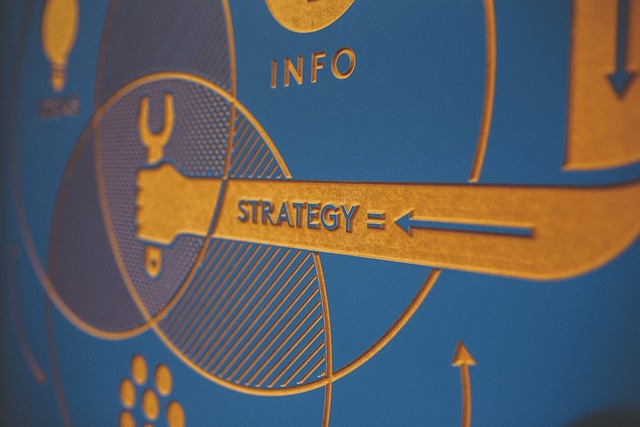In today’s competitive business landscape, companies are increasingly looking for innovative ways to improve workforce efficiency and optimize performance. One powerful tool that has emerged in recent years is artificial intelligence (AI). AI-driven solutions can enhance employee performance analytics by automating the data collection process, providing real-time insights, and offering predictive analytics to identify areas of improvement. This blog explores how AI can transform employee performance management and provides actionable insights on its benefits and applications.
AI-Powered Employee Performance Tracking
AI-powered employee performance tracking systems allow businesses to continuously monitor productivity metrics without manual intervention. Traditional performance tracking relies on periodic reviews, but AI enables continuous, real-time assessments by analyzing various data points such as time spent on tasks, project completion rates, and collaboration effectiveness.
For example, companies can implement AI-driven platforms that analyze work habits and patterns to provide feedback tailored to each employee. These systems can track both individual and team performances, offering personalized insights that can guide improvement efforts. By utilizing machine learning algorithms, these platforms can detect patterns in employee behaviors, offering suggestions to increase productivity or identifying when an employee might need additional training.
AI can also help reduce bias in performance reviews. Conventional performance evaluations may be subject to human biases, but AI uses data-driven assessments, focusing purely on performance metrics and outcomes. This leads to a more objective and fair evaluation process.
Predictive Analytics for Employee Performance
Predictive analytics powered by AI can forecast employee performance trends, enabling managers to make data-backed decisions on workforce planning, promotions, or potential areas for improvement. These insights help businesses anticipate problems before they occur, allowing them to take proactive measures.
For instance, AI tools can identify early warning signs of employee burnout by analyzing productivity drops, frequent absences, or declining engagement. Predictive models built using AI can suggest strategies to improve employee well-being, such as workload adjustments or offering targeted learning and development programs. This predictive capability ensures that companies can retain their top talent by addressing issues before they escalate into bigger problems.
Moreover, AI can aid in recognizing high-potential employees. By analyzing historical performance data, AI systems can highlight employees who consistently outperform their peers or display leadership qualities. Managers can then focus on nurturing these individuals for future leadership roles or specialized tasks.
AI for Workforce Optimization
Workforce optimization through AI is another game-changing aspect of employee performance analytics. AI solutions can analyze large datasets to optimize the allocation of tasks, resources, and time management. AI-driven scheduling systems, for example, can allocate shifts based on employee availability, skill sets, and past performance, ensuring that tasks are assigned to the right person at the right time.
AI can also enhance collaboration by identifying synergies between team members. Through advanced data analysis, AI systems can recommend team structures or pair employees who are more likely to complement each other’s skills. This helps in building high-performing teams and improving overall productivity.
Another advantage is that AI can automate repetitive tasks, freeing up employees to focus on more critical and creative aspects of their jobs. By improving task distribution and workload management, AI ensures that employees are neither overburdened nor underutilized, fostering a balanced work environment conducive to productivity and engagement.
Automating Performance Reviews with AI
Traditional performance reviews are often time-consuming, infrequent, and subjective. AI can transform this process by automating the collection and analysis of performance data. Instead of waiting for quarterly or annual reviews, AI-powered systems can provide continuous feedback, giving employees more frequent insights into their performance.
These AI tools can gather data from multiple sources, including project management systems, communication platforms, and even social interactions within the workplace. This holistic approach ensures that performance evaluations are comprehensive, reflecting an employee’s contributions across various dimensions of their work.
By automating performance reviews, AI also helps reduce the administrative burden on HR departments and managers. Automated systems can generate performance reports, flag areas that need attention, and even suggest personalized improvement plans for employees. This not only saves time but also makes the performance review process more transparent and effective.
AI-Enhanced Employee Engagement Analytics
AI-enhanced employee engagement analytics go beyond traditional methods by analyzing data related to employee satisfaction, morale, and motivation. AI can track engagement levels by analyzing patterns in communication, social interactions, and overall work activity. For example, sentiment analysis can be used to assess employee feedback from surveys or internal communications, providing insights into their emotional state and engagement levels.
AI systems can identify trends such as decreasing interaction rates or a dip in morale, allowing managers to intervene promptly. By understanding what motivates employees and identifying pain points, businesses can implement strategies that boost engagement and retention. Additionally, AI can recommend personalized development plans, recognition programs, or rewards based on an employee’s engagement levels, further enhancing overall performance.
These insights into engagement provide businesses with the ability to create a more positive and productive work environment, ultimately contributing to better performance outcomes. Managers can make data-driven decisions about employee well-being and motivation, helping to foster a culture of continuous improvement.
Conclusion
AI is revolutionizing the way businesses approach employee performance analytics. By leveraging AI-powered tools for performance tracking, predictive analytics, workforce optimization, and engagement analysis, companies can improve productivity, reduce bias, and create personalized development paths for their employees. With AI’s ability to automate performance reviews and provide real-time insights, businesses can foster a more dynamic and data-driven approach to managing employee performance. As AI technology continues to evolve, its role in enhancing employee performance analytics will only become more critical for companies looking to stay competitive and maximize their workforce potential.






